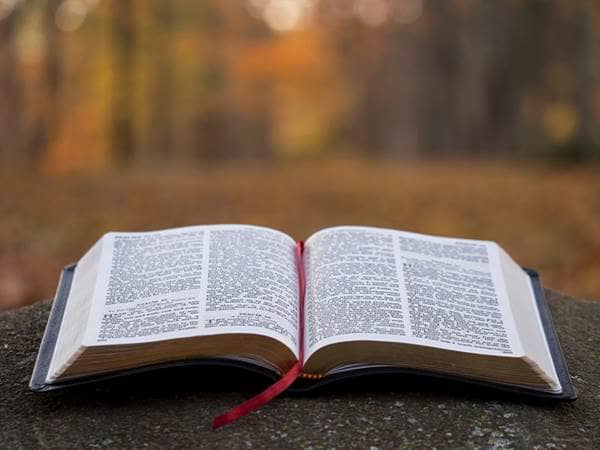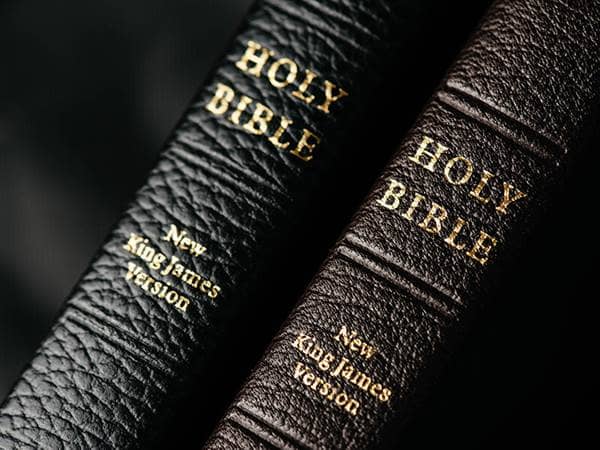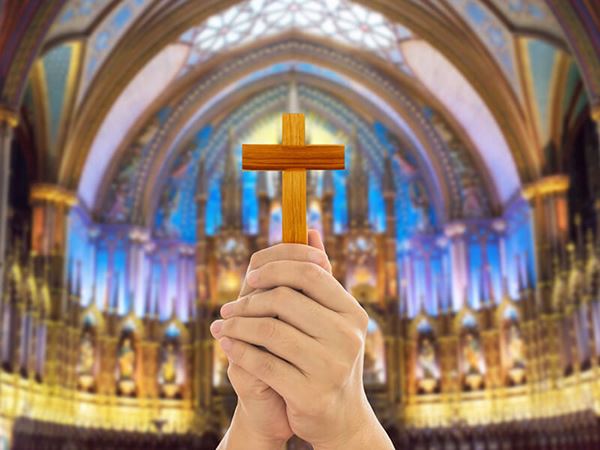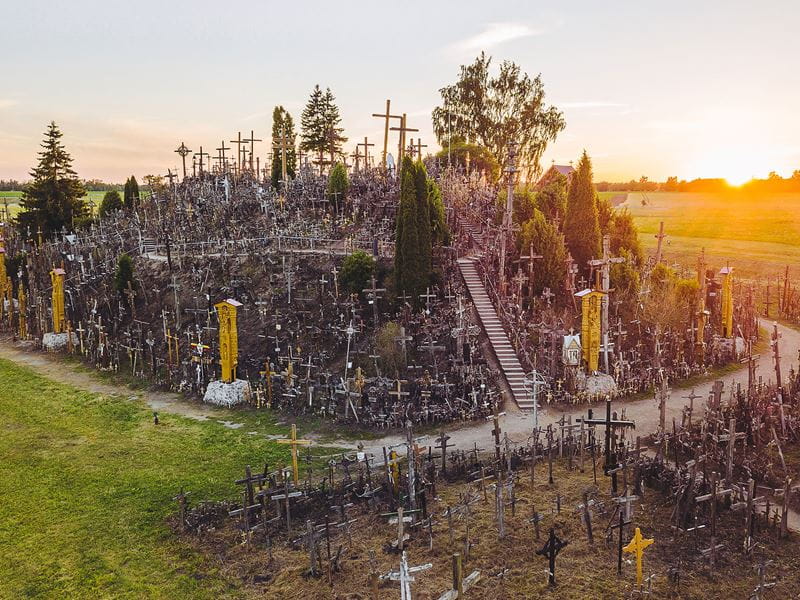
- Trending:
- Pope Leo Xiv
- |
- Israel
- |
- Trump
- |
- Social Justice
- |
- Peace
- |
- Love
The 100 Most Holy Places On Earth
Hill of Crosses

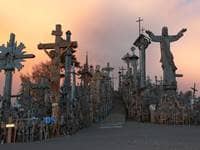
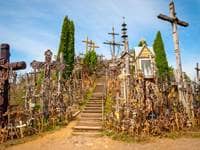

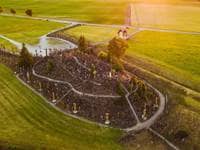
Associated Faiths:
Mostly Roman Catholic, but frequented by other High and Low-Church Christian traditions.
Accessibility:
Open to visitors.
Annual Visitors: 275,000
History
In northern Lithuania, there is a small Jurgaičiai hill fort, once designated as a refuge in a battle, because of its slightly elevated status. Today, this hill—now entirely surrounded by farmland—has resting upon it an unknown number of crosses and crucifixes. Estimates are well over 100,000, but it would be absolutely impossible to know for sure without removing all of the crosses or crucifixes and counting them one by one.
The origins of this monument to Christ are a little debatable. While some claim that this makeshift shrine has existed on this location since the Middle Ages, that simply cannot be documented. What is known is that there have been crosses on this particular spot since the failed Lithuanian revolutions (of 1831 & 1836). Disheartened patriots placed a crucifix or cross on the hill in memory of loved ones who lost their lives fighting against Russian rule. In most cases, this was done because the body was lost during one of the revolutions and, thus, the hill became a makeshift cenotaph—a cemetery without bodies, having crosses rather than headstones and memories rather than buried bodies.
We know that ever since 1831, people have been placing crosses at this sight and, initially, for somewhat patriotic or political purposes. The hill was a sort of statement against Russia and the harm Lithuanians felt the Soviets had done to the people of Lithuania over several centuries of rule—whether as Russia or as the Union of Soviet Socialist Republics. Thus, politics rather than religion may have been the initial provocation for this remarkable site.
Again, if this “crucifix planting” was practiced before the 19th century, we simply cannot tell. Nor can we say what the focus or intent would have been in the Middle Ages. However, those who place a crucifix on the Hill of Crosses today are not typically doing so in memory of the revolutionaries who fought against the Russians. That is too far in the past for most living Lithuanians to remember, and it neglects to take into consideration that fact that most who visit the Hill of Crosses today are not from Lithuania, but are instead spiritual pilgrims from throughout the world who make their way there to be moved by the site, to leave a spiritual token of their faith, or as a prayer for divine assistance.
What’s most interesting about the history of the Hill of Crosses is the question of how many crosses there would be today, had government interference not repeatedly removed thousands of crucifixes from the site. For example, in the 3rd quarter of the 20th century, Soviet authorities had the site completely bulldozed on three separate occasions—taking the total number of crosses at the location from thousands down to literally zero. But the KGB could not squelch the spirit of the faith-filled Christian people. And thus, the crosses began to accumulate once again. Each time they were removed, more were placed there—until the government finally gave up. The more than 100,000 crosses and crucifixes on the site today likely represent around 150,000 that have been placed there since this tradition began.
In 1993, shortly after the collapse of the former Soviet Union, Pope John Paul II visited the Hill of Crosses. During his brief pilgrimage there, he spoke of the site as a place of “hope, peace, love and sacrifice.” And so it has been from its very inception. Along with the crucifix he left, are tens of thousands of others—and the numbers increase each year.
Religious Significance
Though Christianity did not adopt the cross as a symbol of its faith until the 4th century and did not start using crucifixes until the 7th century, today these are the ultimate symbols of the faith. For Christianity, the cross is the summation of why Jesus came to earth. And the Hill of Crosses is almost a hyperbolic symbol of Jesus’ commission for His followers to “take up their cross.” Here, on this somewhat remote Lithuanian hill, Christians come to “plant” their crosses as a symbol of their commitment to carry whatever “cross” Jesus choses to place upon their shoulders. Because of its location, the Hill of Crosses draws more Roman Catholic pilgrims than those of other denominations.
The plethora of crucifixes and rosaries when compared to the number of empty crosses suggests that those of the High Church traditions are more drawn to this shrine than those of the Low Church Protestant denominations. Nevertheless, both come. And both crosses and crucifixes litter the landscape as evidence of that fact. The Hill of Crosses is unquestionably a “sacred space” for Christians, and for several important and symbolic reasons. Of course, the very fact that some 150,000 crosses and crucifixes currently stand on this site makes it hallowed ground. It is common for Catholics to fix their eyes on a crucifix when praying or reciting the Rosary. As one walks through this sacred grove of crosses, one is confronted with the face of Christ over and over again.
One is overwhelmed by this remarkable symbol of the omnipresence of the Lord. As with the Hill of Crosses, there is no place in this life that you can look and not find Christ there, watching over and aiding those who believe. The Hill also reminds us of the need for all Christians to do as the Lithuanians did for so many years—faithfully endure the challenges of life, trusting that God will intervene in His own time and in His own way. It is a powerful reminder that, as Jesus overcame death and sin, with His help and support, pilgrims can overcome all things as well. Thus, the Hill of Crosses is an invitation “take up our cross,” follow Christ, and believe that “nothing is impossible with God.” Finally, this remarkably unique place of pilgrimage also sends a sacred message through the uniqueness of the crosses on the site. There are literally tens of thousands of different designs—some with Jesus on them, some without; some store bought and some homemade. All are unique in their own way, and so it is with us, our trials, our lives, our gifts, and our needs from the divine.
The Hill of Crosses is a perfect place to contemplate the uniqueness of your spiritual journey and life mission—and how God knowns you individually, even if it seems (like these crosses) that you are but one in a sea of humanity. No, like each unique cross or crucifix, God is aware of each of us, and blesses us individually and distinctively.




